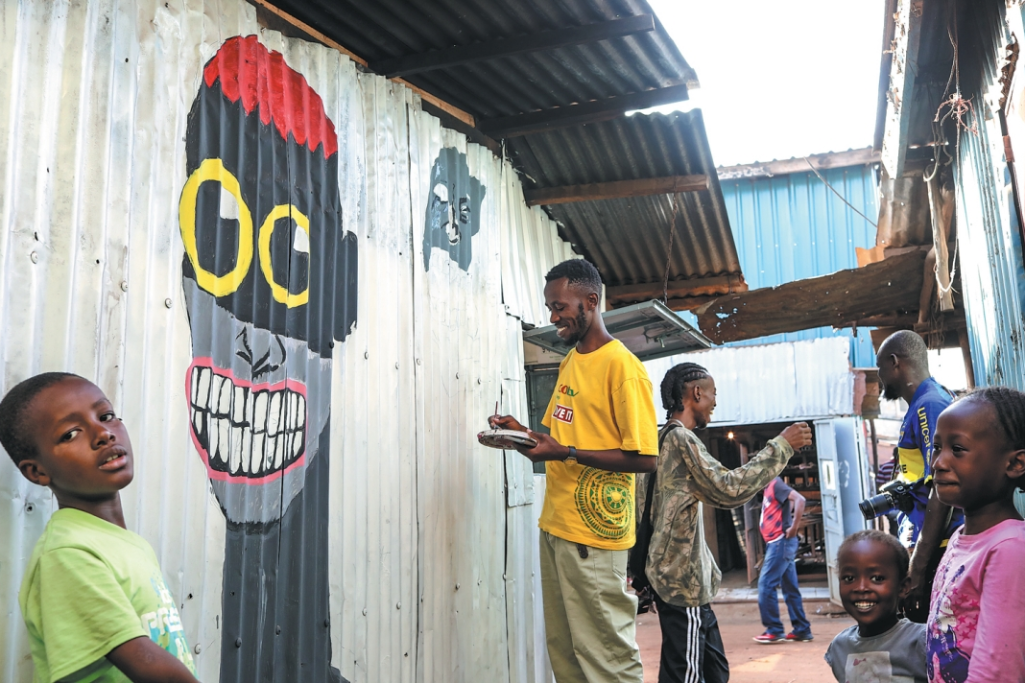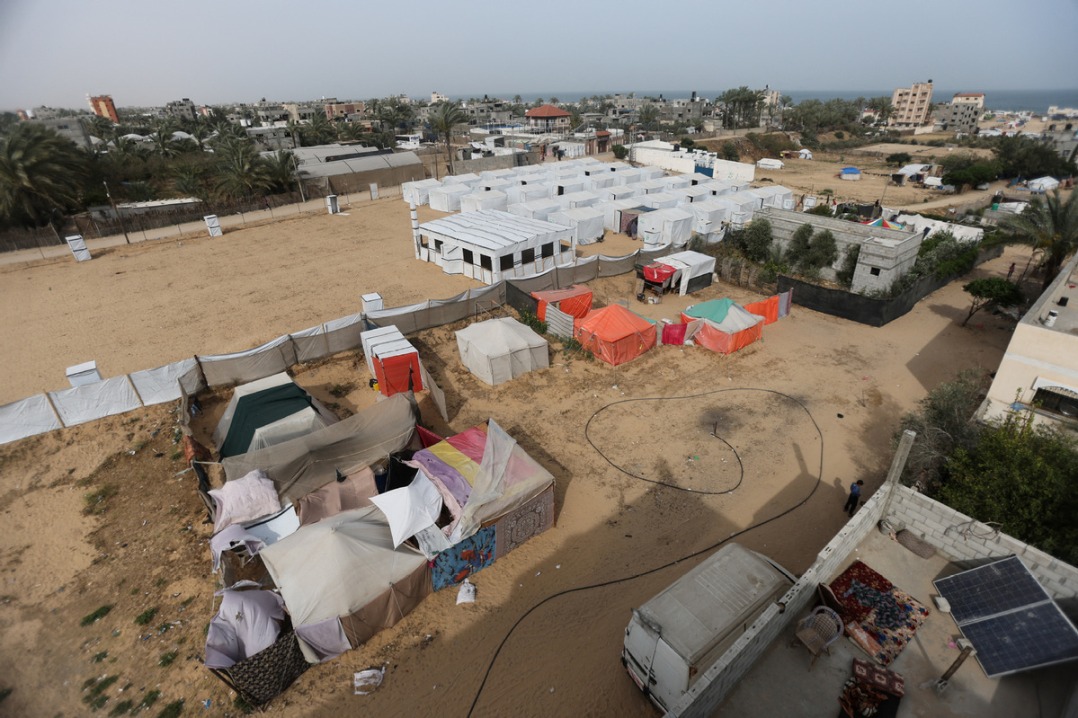Carbon sink may turn into carbon source due to climate change: study

WASHINGTON, Nov. 19 -- A study published on Monday in the journal Proceedings of the National Academy of Sciences showed that ecosystems like oceans and forests, may stop absorbing carbon from the atmosphere but start emitting it, due to the human-induced climate change.
Those systems are known as natural carbon sinks that could suck carbon dioxide out of the atmosphere. Among them, the peatlands with a carbon dioxide rich type of soil called peat, are the most efficient natural carbon sink on the planet.
When undisturbed, they store more carbon dioxide than all other vegetation types on Earth combined. But when the peatlands are drained and deforested, they can release nearly 6 percent of global carbon dioxide emissions each year, according to the researchers.
"Global peatlands cover only about three percent of global land area, but hold around 30 percent of the earth's soil organic carbon," said the study's author Zhuang Qianlai, a professor of earth, atmospheric and planetary sciences at Purdue University.
In collaboration with Wang Sirui, a Ph.D. candidate at Purdue, Zhuang looked to peatlands in the Peruvian Amazon to try to find out if the large amount of peat carbon be released under a warmer climate.
According to an earth systems model spanning from 12,000 years ago to 2100 AD, the relatively small basin could lose up to 500 million tons of carbon by the end of this century.
That's about five percent of current global annual fossil fuel carbon emissions, or 10 percent of US emissions that are spit back out into the atmosphere, according to the study.
Zhuang's study showed that higher temperatures led to more peat carbon loss, although increased precipitation slightly enhanced the build-up of peat carbon over long timescales. Together, the carbon loss from peatlands to the atmosphere would be increased.
"If the area we looked at could represent the whole Amazonia or tropical peatlands, the loss of peat carbon to the atmosphere under future climate scenarios should be of great concern to our society," Zhuang said.



































